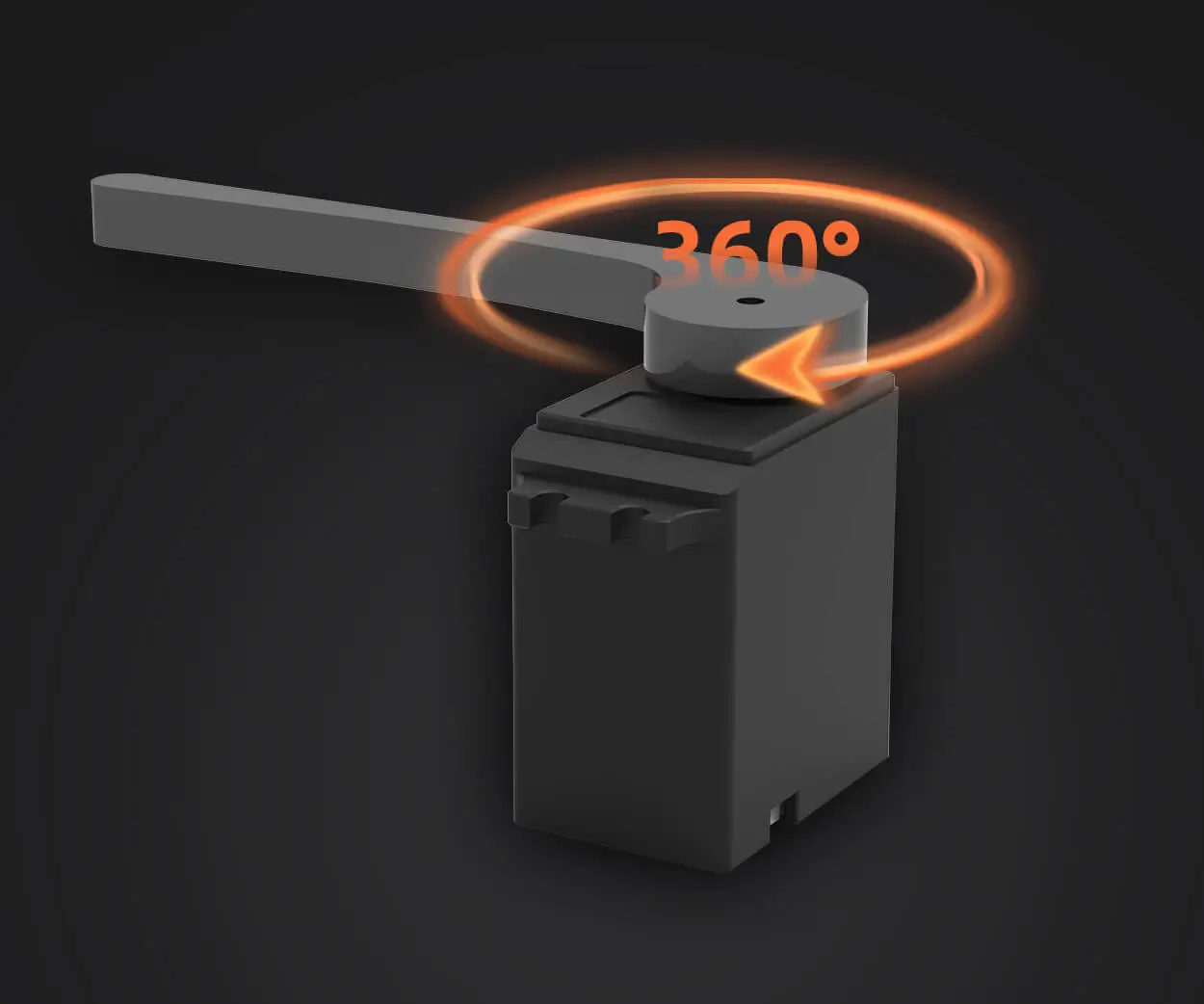Ever tinkered with your RC project and found yourself fussing over small parts like a micro servo horn? Yeah, that tiny, seemingly insignificant piece can be the secret to making your robot's movements smooth or jittery. Understanding the dimensions of a micro servo horn isn't just geeky trivia — it’s about precision, compatibility, and getting that perfect fit every single time.

You might wonder, “What exactly should I be looking at when I check out micro servo horn dimensions?” Well, it’s all about the size and shape of the connection points, the length, and the mounting holes. These details are crucial because they determine how well the horn will stay in place, how much torque it can handle, and whether it’ll match your servo’s specifications. For example, a horn with a diameter that's too big might not fit in the tight space of your drone frame. Conversely, one that’s too small could slip out mid-flight, turning your smooth animation into a wobbly mess.
Think of it like buying shoes. You could grab the prettiest ones, but if they don’t fit your feet comfortably, you’ll end up sore and regretting the purchase. Same principle. Micro servo horns come in a variety of sizes: commonly, you see diameters ranging between 5 mm and 10 mm, with arm lengths varying from 10 mm to over 20 mm. Each size serves a purpose. Shorter horns offer more precise control, great for delicate movements. Longer arms provide more leverage, perfect when you need a little extra power from every tiny turn.
Here's a question that might pop into your mind: "Can I just pick any horn and hope for the best?" Nope, not quite. Compatibility is king here. The mounting hole pattern, the pitch of the arm, and the overall size need to mesh with your servo model and the project’s demands. An ill-fitting horn can cause slippage, uneven movements, or even damage your servo over time.
When you're selecting a micro servo horn, consider the material too. Lightweight plastics keep your craft agile, but if your model needs to handle more weight or force, switching to reinforced or metal horns might be smarter. This is a fine example of balancing durability and weight — a game of Tetris, really, fitting the right piece in the right spot.
Getting into the nuts and bolts, or rather, the nuts and horns, how about Mounting Hole Spacing? Many horns feature a standardized pattern, but it’s still worth double-checking. Your goal? a snug, secure fit. If the holes are off slightly, you might find screws not fitting perfectly, or worse, the horn wobbling loose under stress.
In packed spaces like micro drones or detailed robotic arms, every millimeter counts. That’s why a clear grasp of micro servo horn dimensions isn’t just about shopping smarter — it’s about engineering smarter. With exact measurements, you’ll craft smoother, more reliable movements that hold up under real-world conditions.
So, whether you’re replacing a worn-out horn or customizing a project with innovative designs, knowing those micro size parameters can save time, frustration, and even money. It turns what looks like a tiny component into a powerhouse of precision engineering. And once you get the hang of it, you’ll realize that paying attention to details like these opens up a realm of possibilities for your creations.
Established in 2005, Kpower has been dedicated to a professional compact motion unit manufacturer, headquartered in Dongguan, Guangdong Province, China.




































